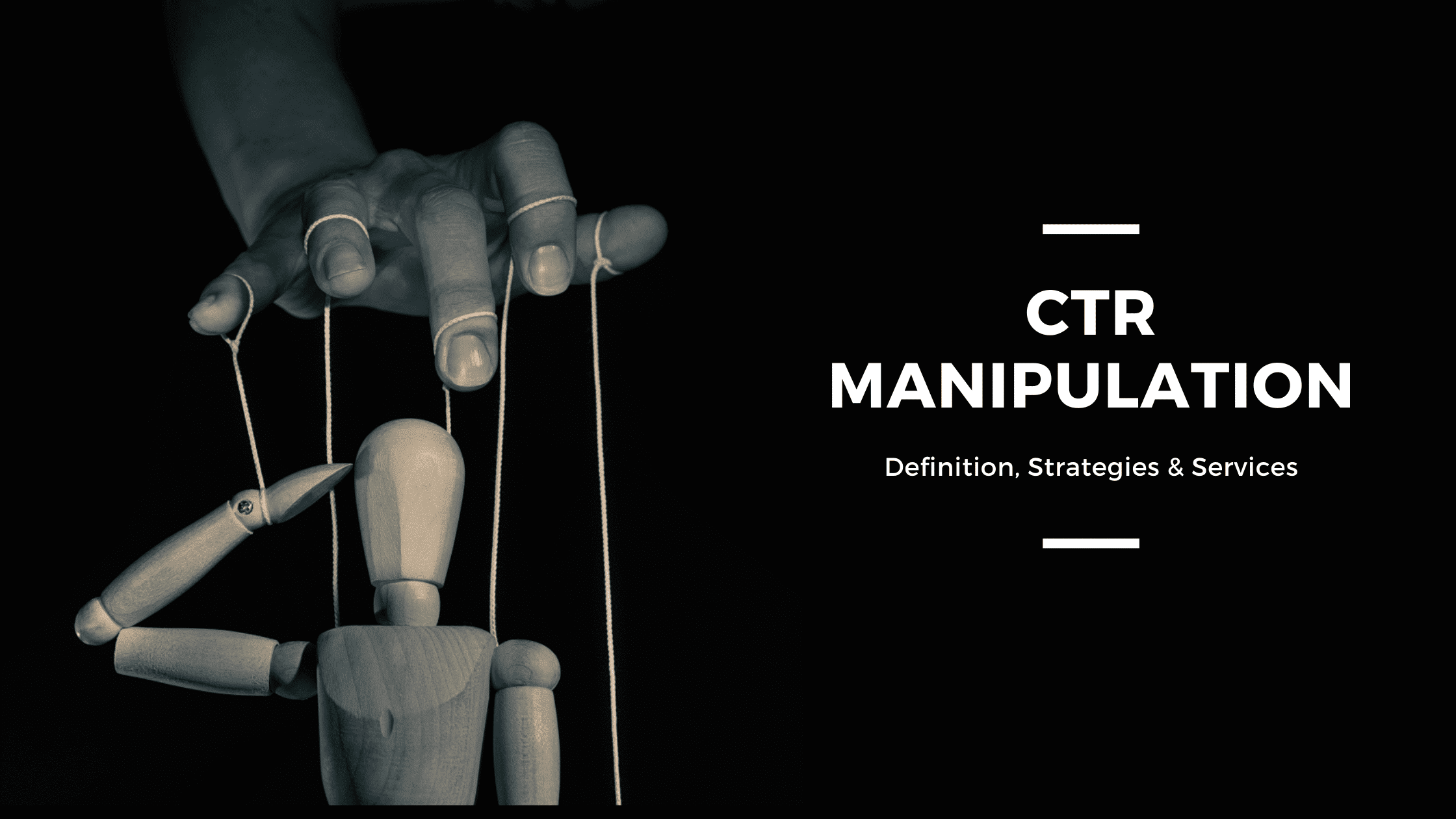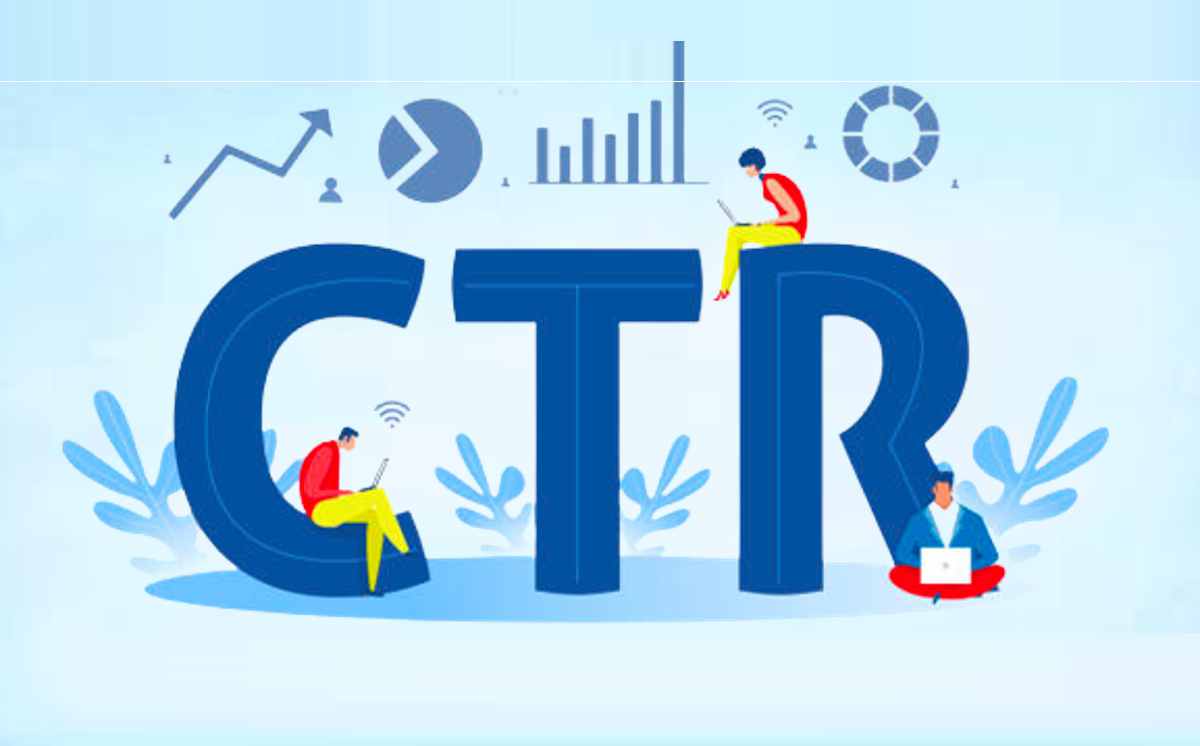Optimize Clicks and Conversions With CTR Control
In today's electronic landscape, recognizing the nuances of click-through rates (CTR) is necessary for marketing professionals aiming to maximize their projects. What details approaches can be utilized to successfully analyze and raise CTR performance, ensuring sustained engagement and preferable end results?
Recognizing CTR and Its Importance
Click-through price (CTR) is a crucial statistics in electronic marketing, representing the proportion of customers who click a details link to the number of complete customers who see a page, e-mail, or promotion. It works as a crucial indication of engagement, offering understanding right into how successfully marketing material reverberates with the target market. A higher CTR suggests that even more users locate the content engaging enough to take activity, which is crucial for driving traffic and conversions.
Understanding CTR is vital for online marketers, as it influences numerous vital efficiency indications, including conversion rates and roi (ROI) By assessing CTR, marketing professionals can assess the performance of their approaches, from email projects to social media promos. It allows the identification of patterns and patterns that reveal customer actions and choices, allowing for data-driven decision-making.
Monitoring and translating CTR in time can additionally aid marketing professionals fine-tune their targeting and messaging, making sure that they get to the appropriate audience with the right material. Eventually, a well-optimized CTR can cause boosted presence, greater engagement, and boosted overall advertising efficiency, making it an indispensable element of any type of digital marketing strategy.
Key Components of Reliable CTR Adjustment
To improve CTR properly, marketing professionals must concentrate on a number of crucial elements that drive individual interaction and motivate clicks. The first component is compelling and pertinent copy. Headings need to be attention-grabbing, succinct, and lined up with customer intent to stimulate inquisitiveness and punctual activity.
One more critical component is the strategic use visuals. High-grade pictures or videos can substantially raise engagement by providing aesthetic allure that matches the message. Additionally, integrating clear calls-to-action (CTAs) is important; these must be plainly put and verbalized to guide individuals toward the desired following actions.
Moreover, recognizing target market segmentation allows marketing experts to customize their material to certain demographics, ensuring significance and increasing the possibility of clicks. Customization, such as using the user's name or area, can likewise boost the performance of the message.
Techniques to Improve Click-Through Fees

An additional technique involves the tactical use of visuals. Distinctive pictures or graphics can break up message and attract the visitor's eye, making them more probable to click through. Furthermore, using different shades for call-to-action (CTA) buttons can improve presence and seriousness, triggering action.
Utilizing A/B screening is vital to fine-tune these techniques. By try out various headings, pictures, and CTA placements, marketing experts can identify which variants generate higher CTRs, permitting data-driven decisions.
Additionally, customization plays an important role (GMB CTR Manipulation). Customizing content recommendations and CTAs based upon individual behavior and choices can produce a more appealing experience, enhancing the likelihood of clicks

Analyzing and Measuring CTR Performance
Gauging the performance of CTR techniques needs a systematic approach to information analysis. This involves accumulating appropriate information factors, such as impressions, clicks, and conversion prices, to gauge the efficiency of different campaigns. Trick performance signs (KPIs) should be developed, permitting marketers to quantify More hints success and recognize locations for renovation.
To examine CTR performance, segmenting information by demographics, device types, and website traffic resources can offer much deeper insights into target market behavior. A/B screening different advertisement layouts, headings, and calls to activity additionally makes it possible for marketing professionals to identify which components yield the greatest interaction. Employing analytics tools can automate the data collection procedure, thereby improving precision and saving time.
Routinely examining CTR metrics together with contextual elements-- such as market fads and seasonal variations-- ensures that approaches remain nimble and receptive to outside influences. Furthermore, comparing CTR performance against sector criteria can offer a reference factor for reviewing effectiveness.

Finest Practices for Continual Involvement
Sustained involvement depends upon the capacity to link with audiences regularly and meaningfully. To achieve this, companies must focus on high-quality content that resonates with their target demographics. Frequently updating content guarantees significance, while varied formats-- such as articles, videos, and infographics-- satisfy differing preferences and discovering styles.
An additional crucial practice is customization. Making use of information analytics to understand individual behavior enables online marketers to tailor messages that reflect specific needs and interests. This not just boosts engagement but promotes a sense of commitment among audiences.
Moreover, promoting community communication can dramatically enhance involvement. Urging comments, discussions, and user-generated web content welcomes audiences to take part actively, producing a sense of belonging. Social network platforms serve as effective networks for such communications, allowing brands to keep a dialogue with their followers.
Verdict
Efficient CTR control is vital for maximizing clicks and conversions in digital advertising and marketing. By implementing strategic improvements in content, such as engaging headings, involving visuals, and individualized messaging, online marketers can considerably improve individual interaction.